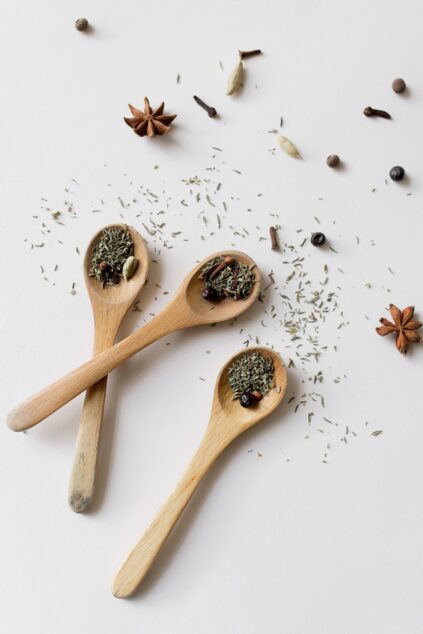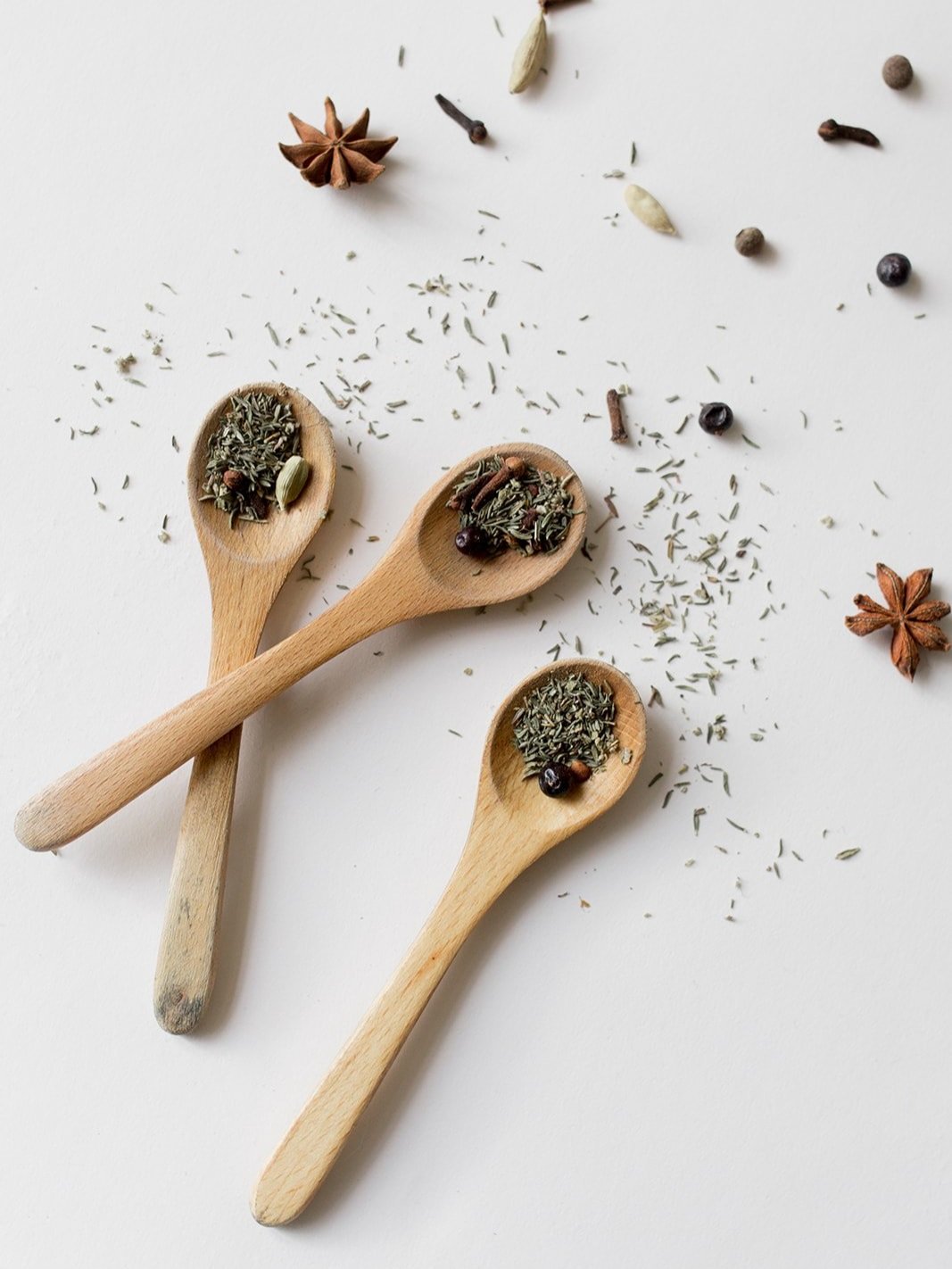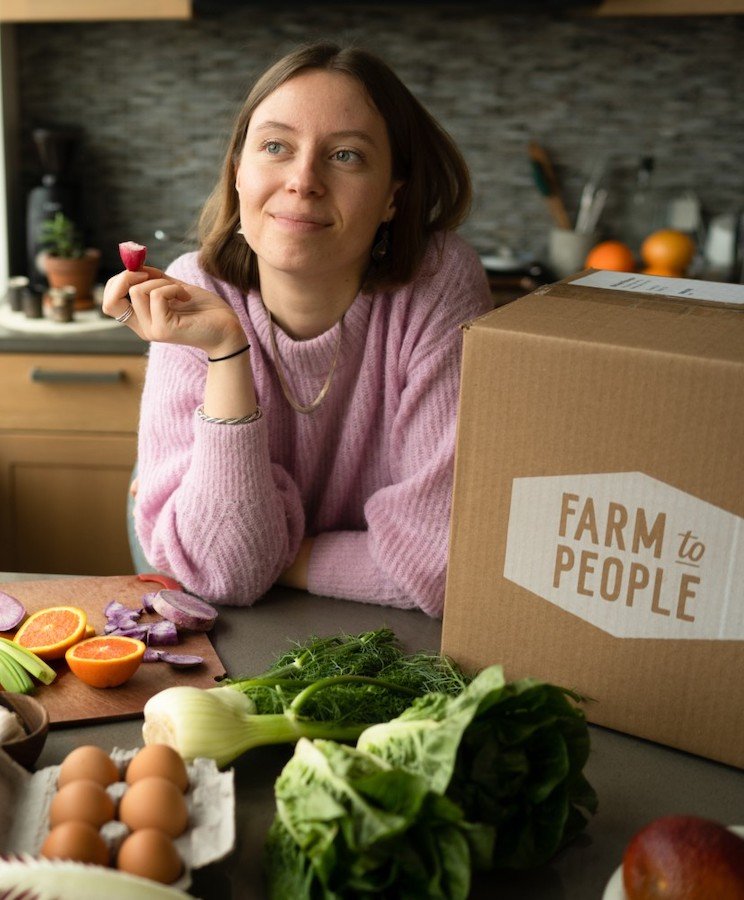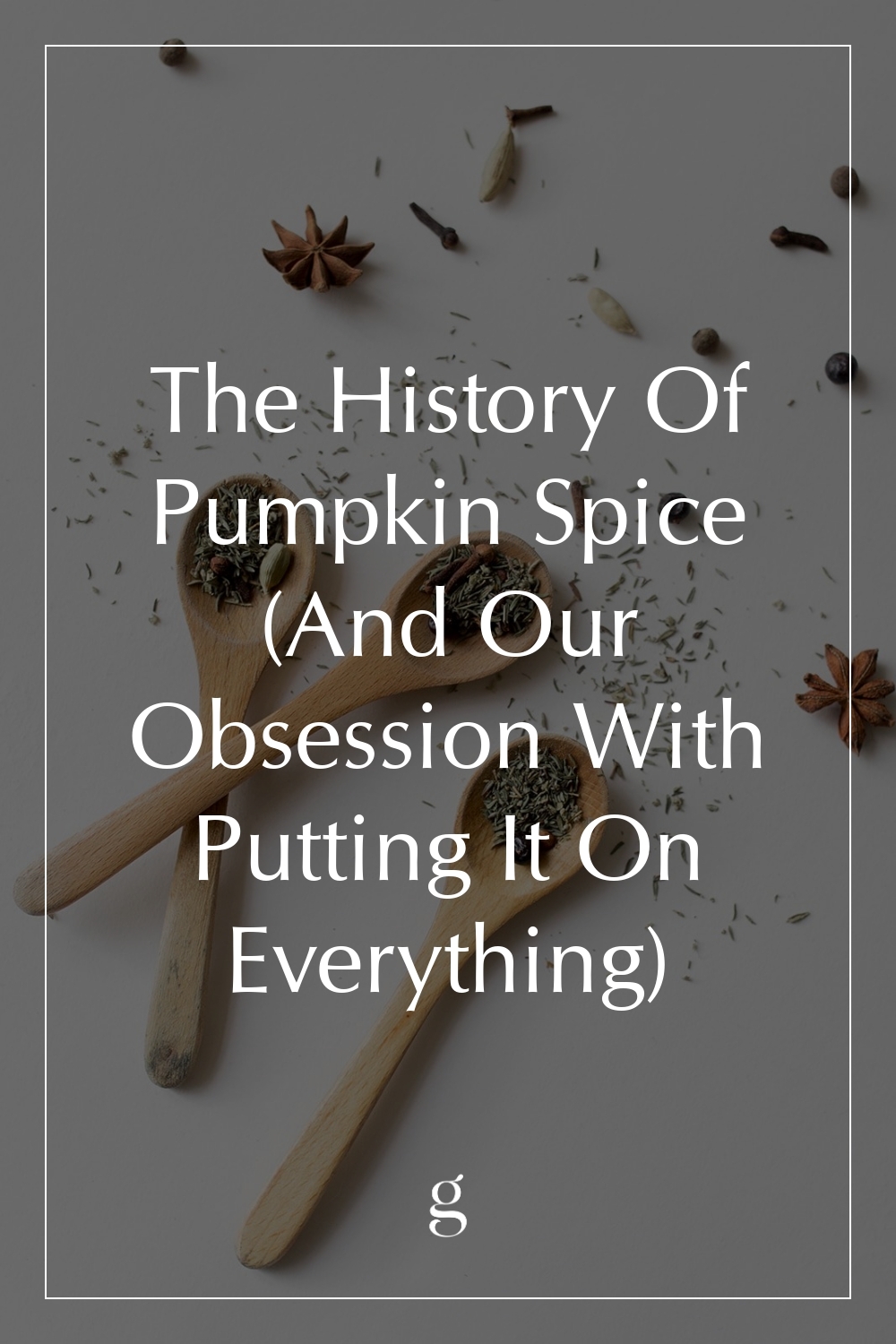
The History Of Pumpkin Spice (And Our Obsession With Putting It On Everything)
America’s Favorite Squash
Happy fall! As someone who is particularly adverse to warm weather, you can imagine I am over the moon about the changing of the seasons. While Southern California is forced to wait a month or two longer than most states to enjoy crisp weather, there are many ways to evoke the spirit of the season without a temperature drop. Pulling on a turtleneck the minute the temperature drops below 75 degrees is one way to do it, but making seasonal recipes may be more effective. How are people around the USA kicking off fall? Three words: Pumpkin spice everything.
There’s no denying pumpkin has been wildly popular (and sometimes controversial) during the last decade, but did you know that it has become so ubiquitous with autumn that even History.com weighed in on the origin of the trending flavor? Never before has a spice garnered so much attention. But how did this holy grail of spices come to be? And when did it rise to such an infamous level?
Pumpkin Spice—Hold the Pumpkin
While nutmeg has been around for 35,000 years, the grouping of it with allspice, cinnamon, cloves, and ginger didn’t happen until the 20th century. The Chicagoist found that the earliest mention of pumpkin spice in a Pumpkin Spice Cakes recipe, published in 1936 by The Washington Post. Up until the 1950s, recipes like that one contained actual pumpkin. However, things changed when spice companies like McCormick began packaging the blend and selling it as pumpkin pie spice (and then shortened to pumpkin spice in the 1960s). The collection of American household spices were never the same, and the new combination was flying off the shelves. The love of pumpkin spice has only grown since.
“Since the rise of the Pumpkin Spice Latte, the spice combination has found its way into every area of our lives.”
Much of the 21st-century popularity can be attributed to—you guessed it—Starbucks’ Pumpkin Spice Latte. Although other coffee companies experimented with the fall flavors during the 1990s, Starbucks put the beverage on the map in 2003. Vox explains that the PSL almost didn’t exist because many worried the spices “dominated” the drink, leaving little coffee taste. Consumers didn’t seem to care, and the new product launched with huge success. In the years after, customers anxiously waited for the PSL to return every fall so they could get their pumpkin spice fix. Funny enough, Starbucks was making millions of dollars every year from a drink that didn’t contain real pumpkin. That changed in 2015 when the corporation began including pumpkin in the mix, along with the spices, caramel, coffee, and (a lot of) sugar.
Since the rise of the Pumpkin Spice Latte, the spice combination has found its way into every area of our lives, from desserts to dog food. If you look hard enough in the fall, there’s a pumpkin spiced flavor, scent, or inspired decor everywhere you turn. Yet, Vox reports that the pumpkin spice bubble may have already popped and the trend passed its prime. Once trends reach the level of such mass popularity, it’s not long before they go from obsession to overkill. Pumpkin spice may have seen better days because consumers aren’t craving the flavor like they used to.
Is Pumpkin’s Popularity No More?
“ Pumpkin spice may have seen better days because consumers aren’t craving the flavor like they used to.”
While the pumpkin spice trend is making its descent, it’s doing so slowly and from great heights. In its prime, the PSL was a “cultural phenomenon,” according to Vox, because “Starbucks [was] able to convince us that the drink should only be consumed during the fall months, thereby increasing demand.” Employees’ initial concerns about the flavor-to-coffee ratio were ultimately correct, yet customers weren’t phased. Those who partake in the annual PSL party don’t purchase the drink for the coffee but for the experience. Suzy Badaracco, a culinary food trend analyst, told Vox in 2014 that during the 2008 recession, pumpkin became “recognized as part of the comfort food trend.” The squash’s relationship to the holidays brought comfort to many who were struggling at the time. It had a powerful association with wholesomeness and certainty.
These days tension fills the air, and uncertainty has become our new normal. While we may never make it back to the pumpkin spice heyday, we are back to looking for solace in almost anything, maybe even a sugar-filled cup of coffee. Forbes reported last year that “the pumpkin spice industrial complex in 2018 is a more-than $600 million market, up from $500 million three years ago.”
We may not be completely obsessed with the flavor anymore, but I predict pumpkin spice will carry on for a while longer, whether an ironic indulgence or not.
Audrey Stanton was born and raised in the Bay Area and is currently based in Los Angeles. She works as a freelance writer and content creator with a focus in sustainable fashion. Audrey is deeply passionate about conscious living and hopes to continue to spread awareness of ethical consumption.





